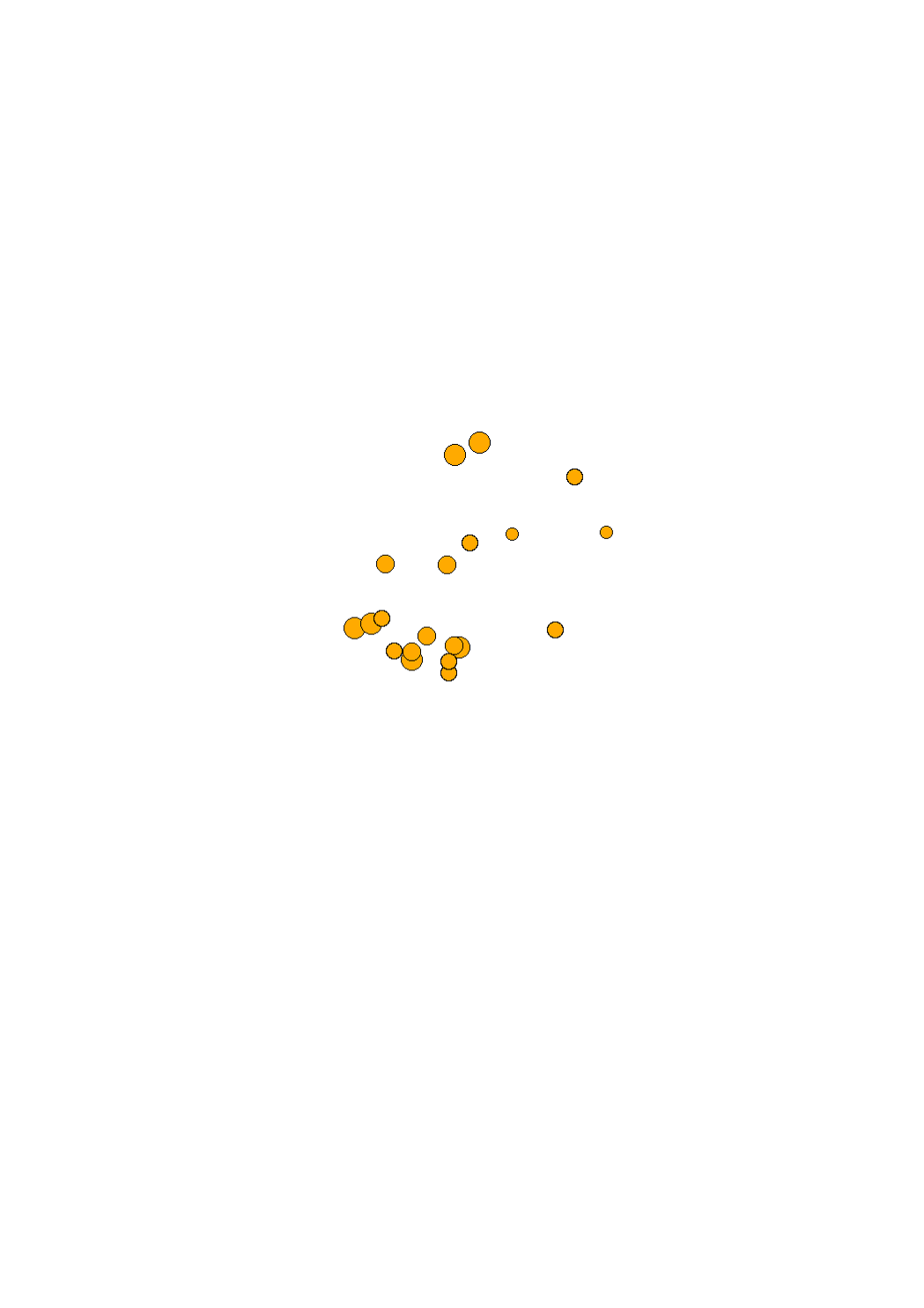road traffic noise
Type of resources
Available actions
Keywords
Contact for the resource
Provided by
Groups
Representation types
Update frequencies
status
Scale
-

This layer contains the existing noise barriers in the road network, which have been summarized by the authorities and used for the 2021 noise mapping under the Environmental Noise Directive 2002/49/EC.
-

This layer contains the existing noise barriers in the rail network, which have been summarized by the authorities and used for the 2021 noise mapping under the Environmental Noise Directive 2002/49/EC.
-

The Environment Agency has commissioned a specialized and approved external expert to carry out noise level measurements at 18 selected immission points. The purpose of the mission was to measure the sound pressure at a representative measurement point, in order to control the road noise levels of the main traffic axes. For the measurement and calculation methods, the external expert used the standards ISO 1996-1: 2016 and ISO 1996-2: 2017.
-

The Environment Agency has commissioned a specialized and approved external expert to carry out noise level measurements at 5 selected immission points. The purpose of the mission was to measure the sound pressure at a representative measurement point, in order to control the rail noise levels of the main traffic axes. For the measurement and calculation methods, the external expert used the standards ISO 1996-1: 2016 and ISO 1996-2: 2017.
-

Noise map of all the major roads of more than 3 million vehicles per year located on the territory of the Grand-duchy of Luxemburg and all roads inside of the agglomeration. This map is representative for the year 2016 and is using the noise index LNGT. This noise map has been elaborated in the context of the DIRECTIVE 2002/49/EC OF THE EUROPEAN PARLIAMENT AND OF THE COUNCIL of 25 June 2002 relating to the assessment and management of environmental noise, transposed into national law by the loi du 2 août 2006 modifiant la loi modifiée du 21 juin 1976 relative à la lutte contre le bruit and the règlement grand-ducal du 2 août 2006 portant application de la directive 2002/49/CE relative à l'évaluation et à la gestion du bruit dans l'environnement.
-

In order to apply noise hotspot prioritisation factors objectively and systematically, a new index is introduced. The Comparative Noise Exposure Unit (UCEden) is an index based on the Lden noise index and is evaluated on the basis of strategic noise mapping. The exposure of a site is characterized according to the number of people disturbed and the Lden level to which these people are exposed. For this purpose, the UCE is defined according to the formula indicated in the legend where the UCEden is without unit, and N corresponds to the number of dwellings on the site, Pi corresponds to the number of persons domiciled at dwelling i, and Li is equal to the noise level Lden at the most exposed façade of dwelling i. Although the Li level is expressed in decibel (dB), the UCEden is actually an indicator without dimension, combining the exposed people and the exposure level of the dwelling they occupy. For more information, please access the elaborated noise action plans at www.emwelt.lu.
-

In order to apply noise hotspot prioritisation factors objectively and systematically, a new index is introduced. The Comparative Noise Exposure Unit (UCEden) is an index based on the Lden noise index and is evaluated on the basis of strategic noise mapping. The exposure of a site is characterized according to the number of people disturbed and the Lden level to which these people are exposed. For this purpose, the UCE is defined according to the formula indicated in the legend where the UCEden is without unit, and N corresponds to the number of dwellings on the site, Pi corresponds to the number of persons domiciled at dwelling i, and Li is equal to the noise level Lden at the most exposed façade of dwelling i. Although the Li level is expressed in decibel (dB), the UCEden is actually an indicator without dimension, combining the exposed people and the exposure level of the dwelling they occupy. For more information, please access the elaborated noise action plans at www.emwelt.lu.
 geocatalogue.geoportail.lu
geocatalogue.geoportail.lu